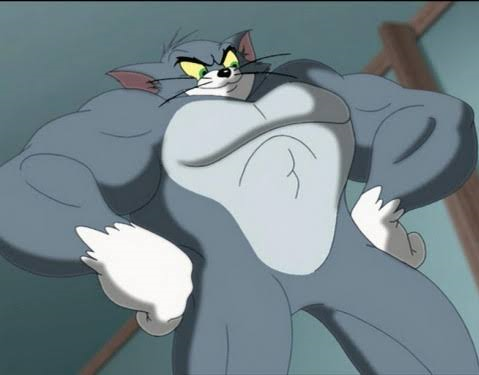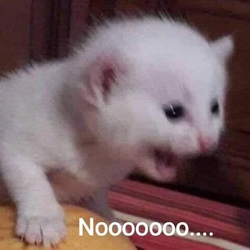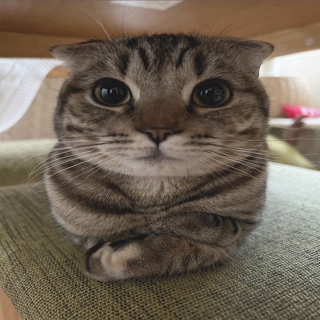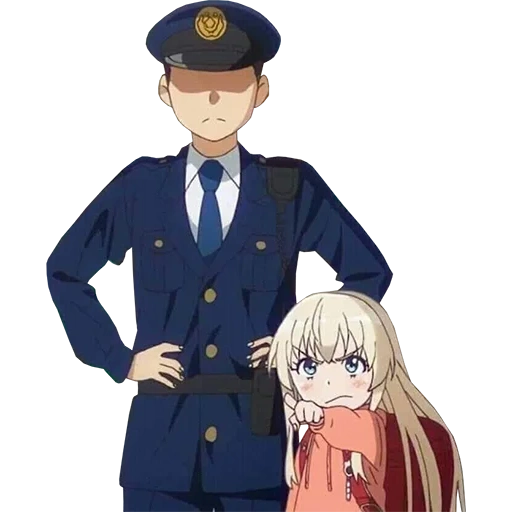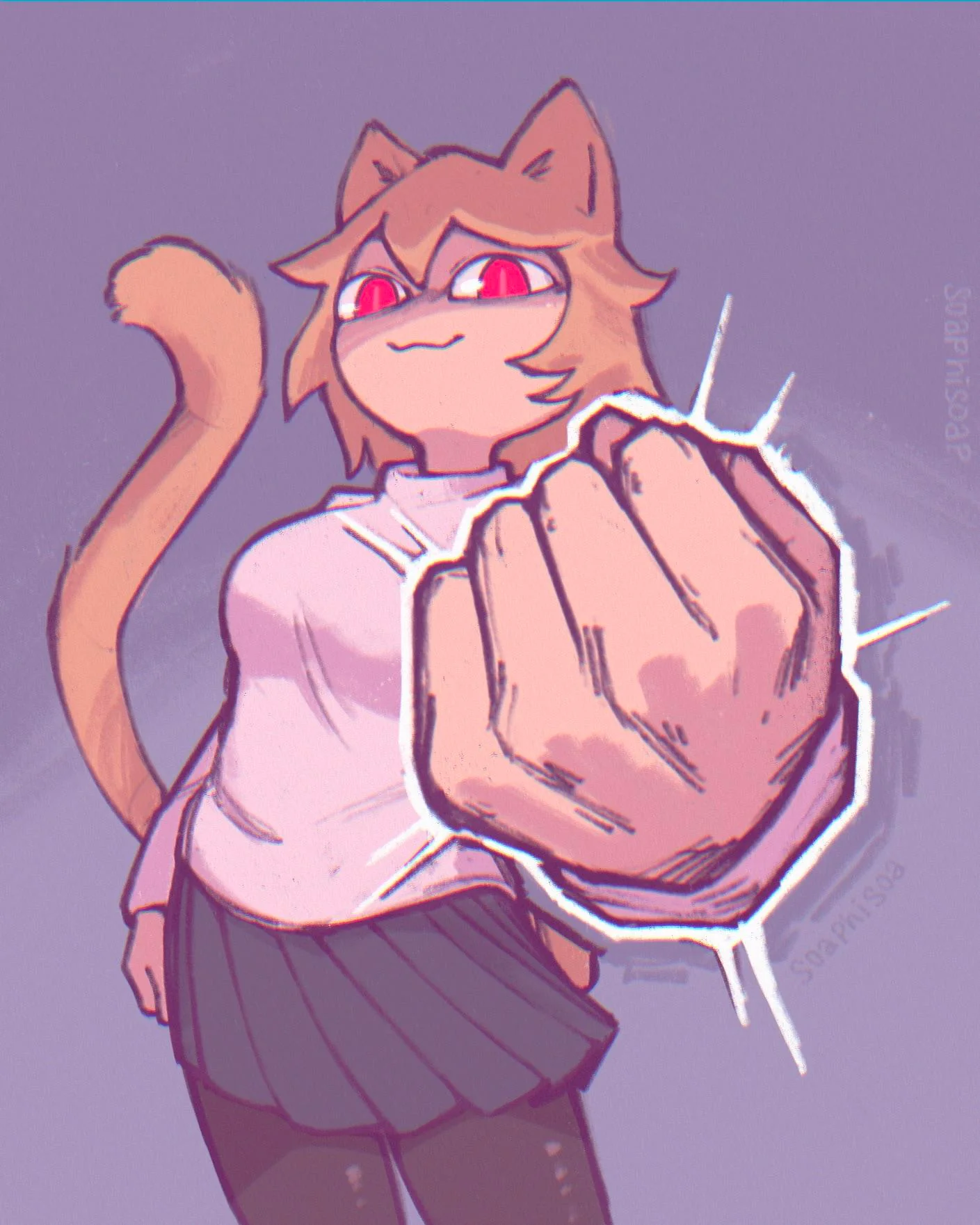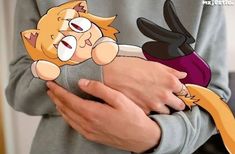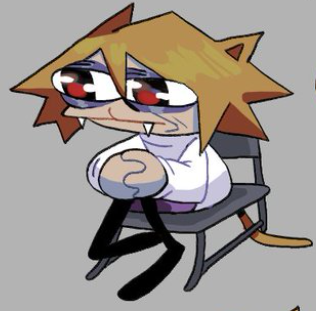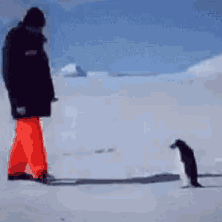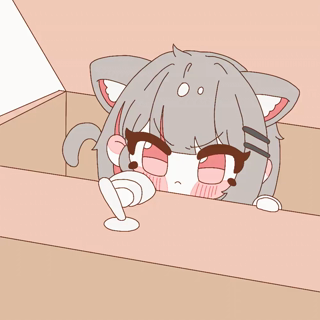In a World Where Chastity is Reversed, I Ended Up Working as a Hot Spring Attendant - Chapter 90
- Home
- All
- In a World Where Chastity is Reversed, I Ended Up Working as a Hot Spring Attendant
- Chapter 90 - Vaccination and the Wolbachia Virus
When I arrived at the hospital, I was immediately taken to the back without any waiting time.
“Hmm, the progress looks good. This should be fine.”
Toki-san mumbled to herself, seemingly satisfied after a brief examination and questioning.
“Please sign this.”
She handed me a piece of paper.
“Vaccination Schedule, Consent Form”
Hepatitis B, Hepatitis C, Rotavirus, Hib infection, Pneumococcal infection, Diphtheria, Tetanus, Whooping cough, Polio, Tuberculosis, Influenza, Novel Coronavirus, Measles, Rubella, Mumps, Chickenpox, Japanese Encephalitis, HPV, Meningococcal infection, Rabies, and so on.
Just a quick glance revealed quite a list.
“I think you might have received some of these in your original world, but since there’s no medical record here, we’ll give you everything from 1 to 100. This consent form is for precaution, but we need everyone’s cooperation to prevent a pandemic, and we can’t have you dying from illness, so please.”
When Toki-san gets serious, her beauty adds quite an impact.
While considering that, I skimmed through the document, astonished by the sheer number of shots.
“All of these in one day?”
“Since there are many, we’ll spread them over several days. There will be some side effects too.”
I wondered how many days it would take. About a month?
“There are combined vaccines, so it shouldn’t be too many shots.”
“That’s reassuring.”
“And now, here are the new vaccines. These probably didn’t exist in that era.”
Another paper appeared, listing vaccines for Gonorrhea, Chlamydia, Syphilis, AIDS, and other diseases that didn’t have vaccines back then.
It would certainly be nice to have them.
“They made these?”
I was genuinely impressed.
“Even though there were no treatments for some of these.”
I couldn’t help but mutter. Were they made through genetic modification or mRNA technology? Perhaps from horses, ostriches, or even humans? Using animals might be outdated.
“Even without treatments, vaccines can be made. And even if treatments exist, some diseases leave significant aftereffects or take years to treat. Prevention is better for public health.”
“That’s true.”
“Men’s medical expenses are fully covered by the state, but it’s still better to keep you healthy for longer. Do you understand?”
She pushed the form toward me.
“Yes, please go ahead.”
I signed the consent form willingly.
As expected, I had a fever and other reactions. It took quite some time to complete all the vaccinations.
~Postscript
I generally advocate for vaccinations as long as subsidies are available.
In about a hundred years, I doubt there will be any mysterious medical nanomachines, so vaccinations feel like a grounded approach.
Regarding Wolbachia infection, those with higher immunity might have slightly elevated core body temperatures. In a cruder sense, their internal temperatures are warmer.
Due to constant fever, they have poor fuel efficiency, don’t gain weight easily, and have active immune and metabolic systems. Mild symptoms like colds can lead to asymptomatic carriers, making it easy to slip through health checks before sexual activities. Without acquired immunity, Hisui might be at risk. This increased metabolism trait from Wolbachia is unique to this world.
After a hundred years, flu viruses and other infectious agents could mutate into something different, like the Spanish flu, making vaccinations essential.
Additionally, about two hundred years ago, when nutrition was poor, Wolbachia carriers with lower starvation tolerance would die from malnutrition rather than disease, slightly balancing the gender ratio.
However, since nitrogen fixation through the Haber-Bosch process improved nutrition and reduced infant mortality, Wolbachia carriers survived.
In famine-stricken regions like Africa, finding various solutions might be possible. In some countries, sperm and men are state-owned resources, leading to complex situations.
While there were concerns about Wolbachia causing livestock industry collapse, since it’s not an explosive infection like avian flu or foot-and-mouth disease, it might not be a significant issue. Antibiotic treatments like tetracycline can sterilize egg cells, but this increases mortality rates at the egg stage, making it inefficient and ethically questionable for humans.
For livestock, while widespread infection is problematic, there are ways to manage it.
In the long run, for humanity’s survival, resistance to Wolbachia, either through immunity, prevention of chromosomal recombination, or eradication by the immune system, seems necessary.
The issue is that even non-compatible carriers like Yata-chan benefit from higher body temperatures, leading many to prefer coexisting with Wolbachia despite the fewer men.
Ultimately, Hisui, who is uninfected and healthy, is quite rare.
This shows why males in this world are generally weaker, with uninfected individuals being particularly vulnerable and prone to developmental issues.
Again, this story is fiction, and the human Wolbachia in the story is purely a product of the author’s imagination. Apologies for any confusion.
On another note, HPV, which causes cervical cancer, is also linked to various other cancers like throat, esophagus, oral, anal, and rectal cancers. Thus, the vaccine isn’t just for women. Infections occur through mucous membrane contact, not just sexual intercourse. Kissing alone can spread it, and it’s said that half the population is infected, with a 90% infection rate among those who have kissed three or more people.
Due to negative media campaigns, HPV vaccination is no longer mandatory in Japan, leading to a high rate of cervical cancer compared to the world.
In modern Japan, only women receive subsidies for HPV vaccination, which is clearly discriminatory against men.
Globally, both men and women are recommended to get vaccinated. For men, the cost is entirely out-of-pocket: 50,000 yen for the four-valent vaccine and 100,000 yen for the nine-valent vaccine, with no insurance coverage.








